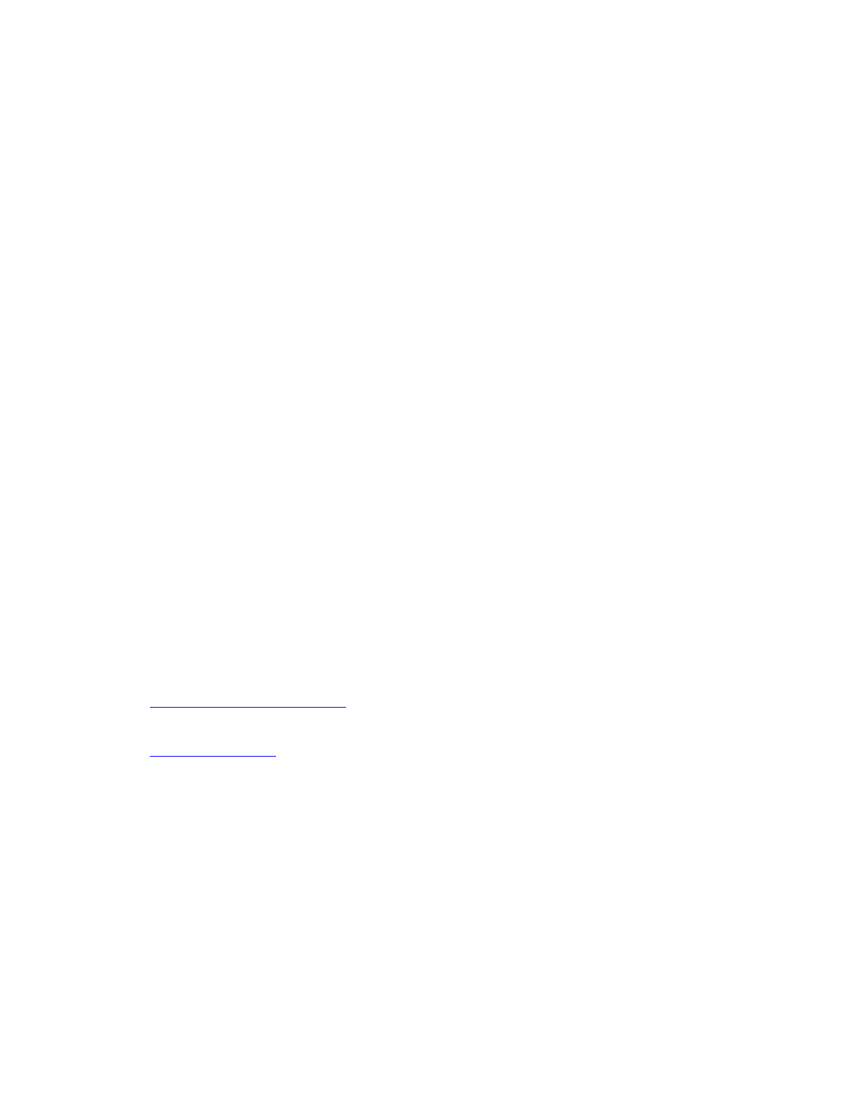
WORKING PAPER NO. 03-17/R
AN EMPIRICAL LOOK AT SOFTWARE PATENTS
James Bessen*
Research on Innovation and
Boston University School of Law (Visiting Researcher)
Robert M. Hunt**
Federal Reserve Bank of Philadelphia
First Draft:
This Draft:
August 2003
March 2004
*
** Ten Independence Mall, Philadelphia, PA 19106. Phone: (215) 574-3806. Email:
Thanks to Peter Bessen of May8Software for providing a software agent to acquire our patent database and
Annette Fratantaro for her work with the Compustat data set. Also thanks to John Allison, Tony Breitzman
and CHI Research, Iain Cockburn, Mary Daly, Dan Elfenbein, Terry Fisher, Bronwyn Hall, Joachim
Henkel, Brian Kahin, David Mowery, Leonard Nakamura, Cecil Quillen, Eric von Hippel, Rosemarie
Ziedonis and seminar participants at APPAM, Berkeley, EPIP Munich, Federal Reserve Banks of
Philadelphia and San Francisco, the Federal Reserve System Applied Micro meetings, Harvard, IDEI,
MIT, NBER, and OECD.
The views expressed here are those of the authors and do not necessarily represent the views of the Federal
Reserve Bank of Philadelphia or the Federal Reserve System.
2004,
Verbatim copying and distribution of this entire article for noncommercial use is permitted in any
medium provided this notice is preserved.